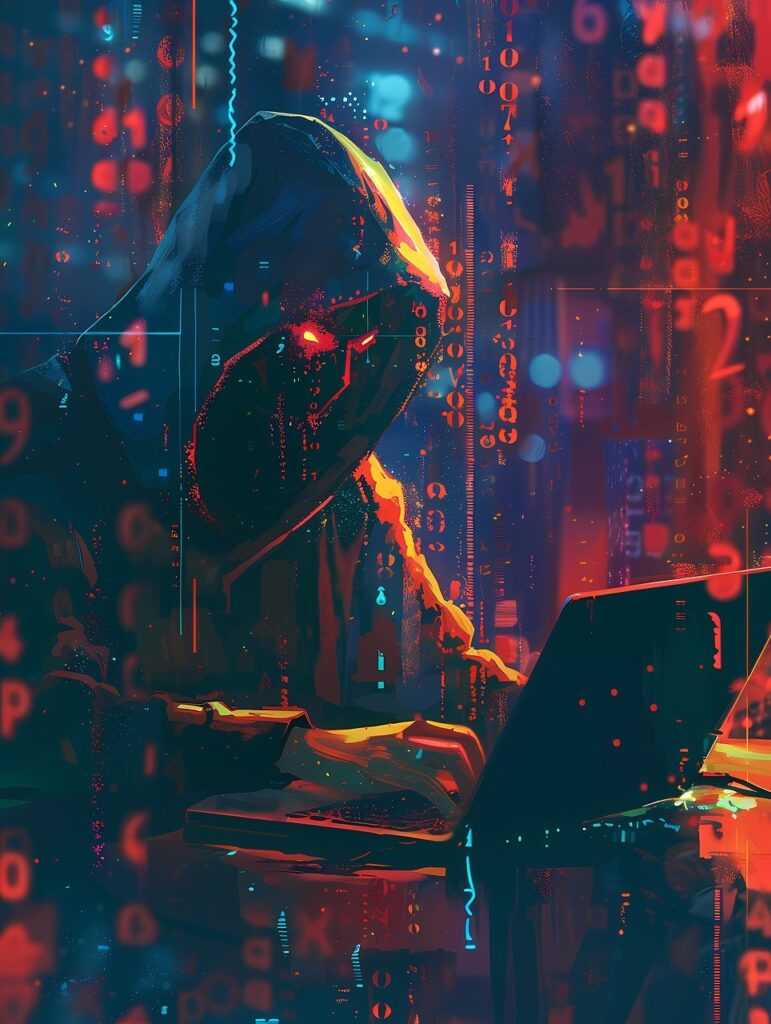Never underestimate the cost and impact of security breaches!
CyberSecurity has become an umbrella term for all activities related to securing anything connected to the internet. This has made it increasingly challenging to identify which specific aspects are relevant to addressing today’s threats effectively.
The growing threat of cyberattacks is quickly becoming a daily concern for both businesses and individuals. Using “CyberSecurity” as a blanket term to address these risks often lacks the specificity needed to implement effective protection.
The most critical aspect of CyberSecurity is the focus on countermeasures—actions that can be taken to safeguard your network and sensitive data.
This includes securing access to your network and ensuring that information, particularly data stored in the cloud, is protected from unauthorized access or breaches.
In today’s practice, it has become crucial to integrate security considerations into the design phase of new technologies.
There’s a common saying: “If it can be coded, it can be hacked.” While this holds true, numerous incremental steps can be taken to make hacking as difficult as possible. New protective technologies are being developed and implemented daily, with even more advancements on the horizon.
Finally, despite all efforts, vulnerabilities in the design are inevitable. Ignoring them is not the solution. Instead, addressing these vulnerabilities in the most professional and proactive manner is key to maintaining robust CyberSecurity.
The digital thread is highly prevalent and here to stay. Protection is paramount.

2. In cybersecurity, there are many sophisticated solutions available. However, prioritize foundational security measures before implementing advanced technologies.
It is essential not to let constant changes in CyberSecurity overshadow the importance of mastering the fundamentals first. While the digital security landscape has evolved with advanced concepts and tools, some have matured to the point where they are rarely targeted. Investing time and resources in these well-established security measures is both practical and cost-effective.

